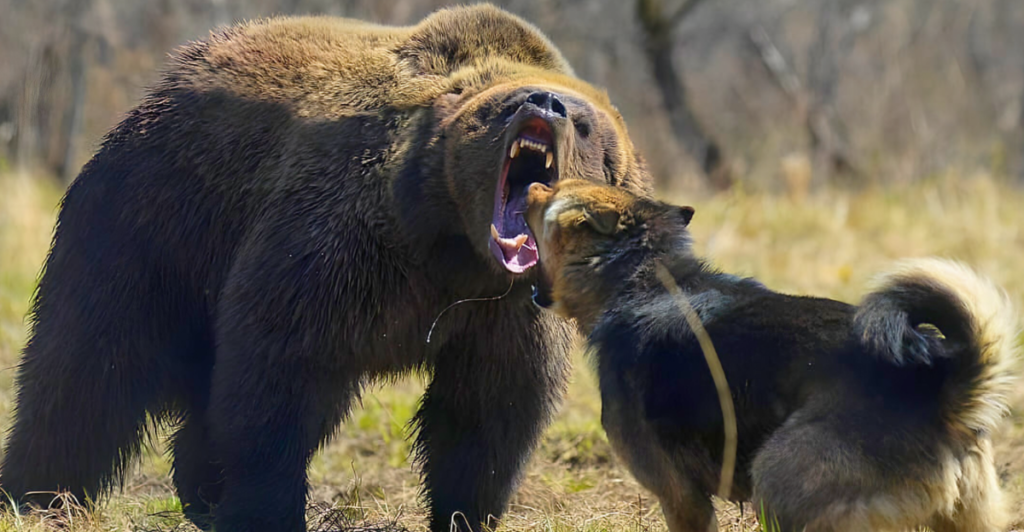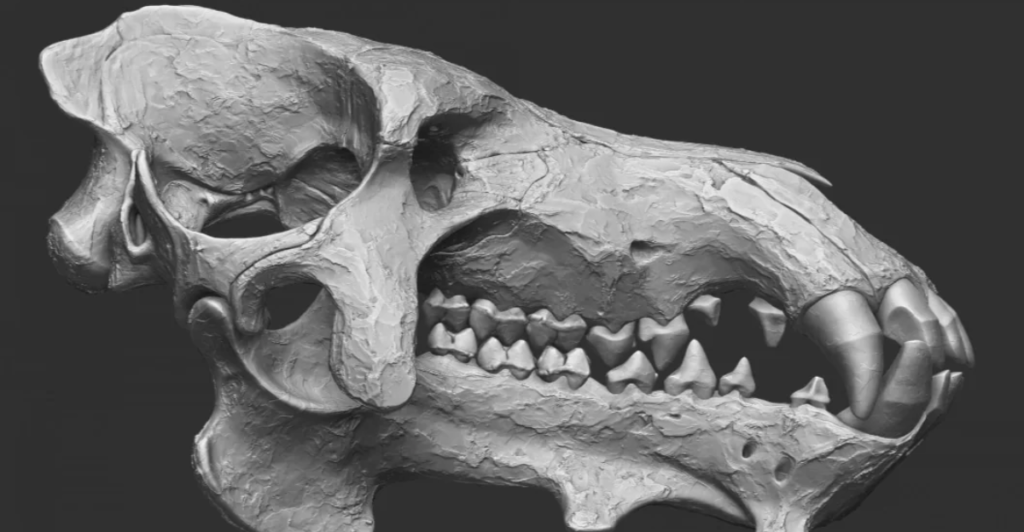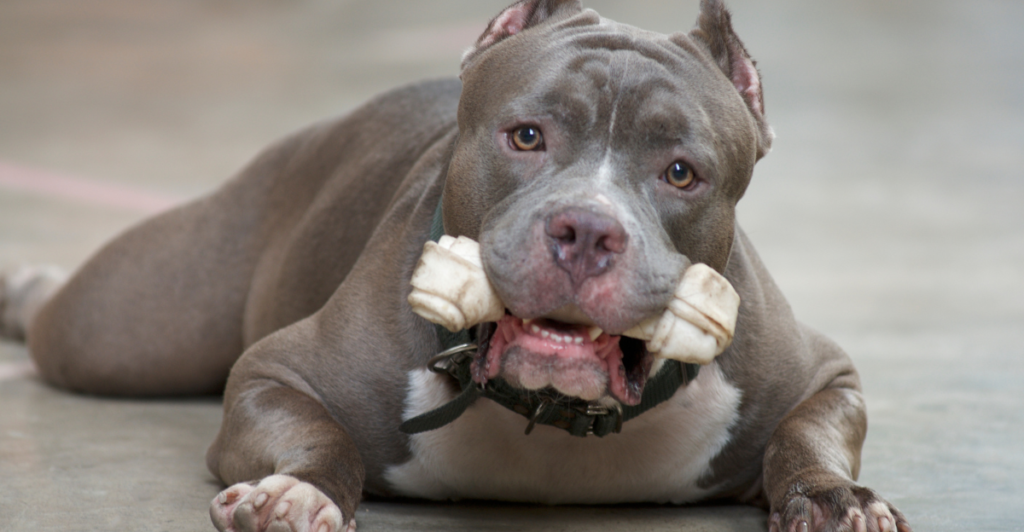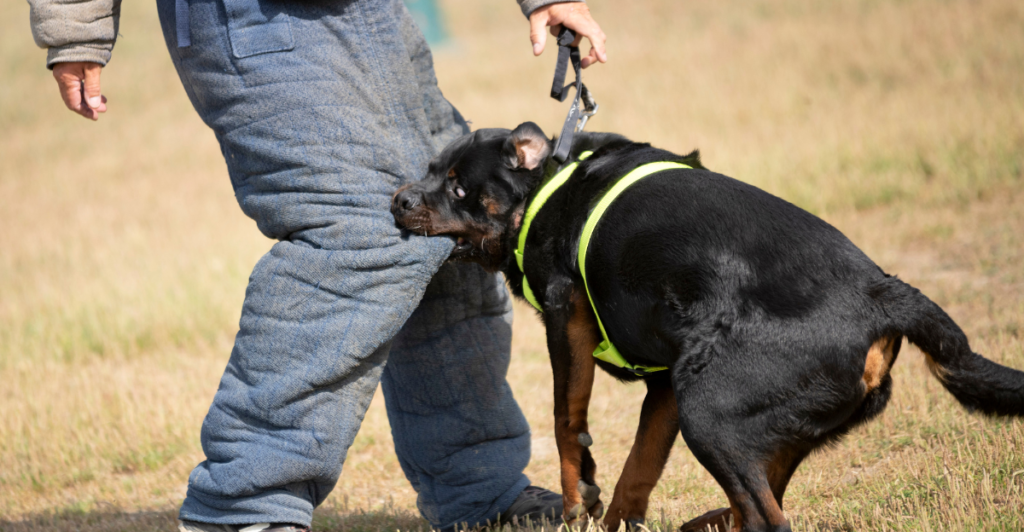
Dogs have been loyal companions to humans for thousands of years, playing vital roles beyond just being beloved pets. Over the centuries, humans have bred dogs to excel in specific jobs like herding, hunting, guarding, and scent detection. People believed that these breeding practices resulted in physical traits that gave certain breeds an advantage in their assigned tasks, especially differences in skull shape.
Not The Case

However, a recent study is challenging this widely accepted idea. Researchers found that a dog’s skull shape does not necessarily dictate its ability to perform specific tasks. Instead, individual personality and behavior appear to have a greater influence on performance than previously assumed. Researchers Nicholas Hebdon and Lindsay Waldrop published their findings in Science Advances, and this is what they found.
3D Reconstruction Technology

With the use of 3D reconstruction technology, Hebdon and Waldrop were able to examine 117 skulls from 40 different domestic dog breeds, along with 18 species of wild canids. They discovered significant similarities in skull shape across various breeds, with no distinct structural adaptations linked to specialized tasks such as bite work or scent detection.
Driven By Aesthetics

Their findings suggest that human breeding efforts have been driven more by aesthetics and appearance rather than by enhancing a dog’s functional abilities for specific jobs.
Functional Groups

Hebdon and Waldrop examined dog breeds that are commonly used for bite work and scent detections in law enforcement. 3D skull analysis was used to compare breeds across various functional groups, as defined by organizations like the American Kennel Club (AKC) and the United Kennel Club (UKC).
Morphological Overlap

Although the researchers found diverse skull shapes in domestic dogs, they also found high morphological overlap in parts of the skull that correspond with functional tasks. Bite force measurements revealed no notable differences between breeds specifically bred for bite work and those that were not.
Hundreds Of Dog Breeds

“In the past 200 years, humans have created hundreds of dog breeds that look really different and are pretty specialized at some tasks like herding, protecting, and detecting odors,” Waldrop, an assistant professor of biological sciences at Chapman University, said.
An Assumption

“We have assumed that these dogs look different because they are structurally specialized at these tasks, but our study shows that, at least for their skulls, they are not specialized for tasks that involve the skull, such as biting tasks and scent work.”
Expectations

As a postdoctoral research associate at Chapman University, Nicholas Hebron said, “I was most surprised by the overall similarity we see in most dog skulls. Humans have done so much breeding work to alter the visual appearance of these animals that I honestly expected to see really marked groupings of some kind, and we really didn’t see much of that.”
Wild Canids

But when they looked into wild canids, researchers found that their morphologies differed greatly from that of domesticated dog breeds. Wolves and foxes have skull shapes that align closely with their natural functional needs. They rely greatly on senses like smell, which is why they tend to have elongated snouts relative to their cranial length. These animals have skull shapes adapted for hunting and scent detection, unlike domesticated dog breeds, which show little structural specialization.
Similar Skull Shapes

Notably, foxes share similar skull shapes with certain domestic dogs, especially terrier breeds, which were originally bred for pest control. This resemblance suggests that both may have evolved skull structures suited for hunting small prey.
Traditional Views

The study challenges people’s assumptions around selective dog breeding and specialization. While humans have shaped the appearance of domestic dogs over centuries, functional traits may not be as distinct as people tend to believe.
Dispelling Myths

The research paves the way for a more evidence-driven approach to training, breeding, and selecting working dogs by dispelling myths about breed-based abilities. Instead of relying on physical traits, future breeding programs may prioritize behavior and intelligence, leading to better outcomes for both dogs and their human partners.
Discover more of our trending stories and follow us to keep them appearing in your feed

California Is Breaking Apart: A Fault Line Is Forming Faster Than Anyone Predicted
Philanthropist Promises To Cover $771.23M Annually After US Exit From Climate Accords
Deepest Hole On Earth Permanently Sealed After 2 Billion Year Old Discovery
Hurricane-Like Bomb Cyclone Set to Impact These 8 States
References:
Reference 1
Reference 2
Reference 3
This article first appeared here
Stay connected with us for more stories like this! Follow us to get the latest updates or hit the Follow button at the top of this article, and let us know what you think by leaving your feedback below. We’d love to hear from you!







